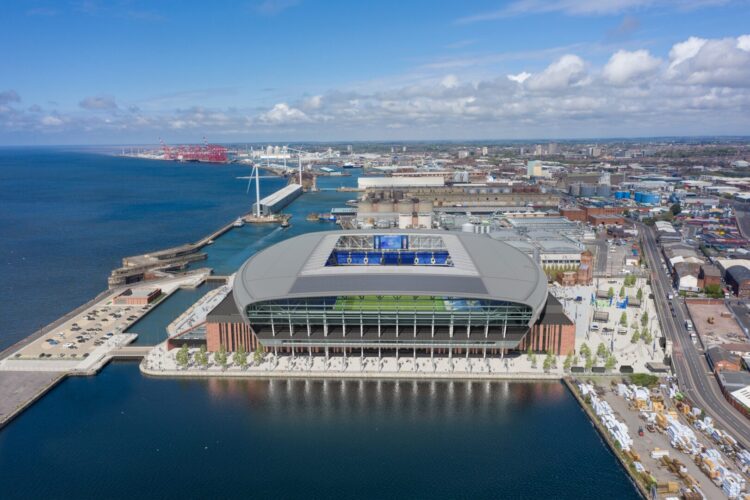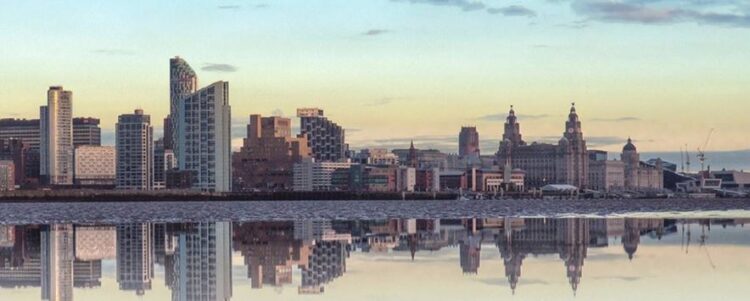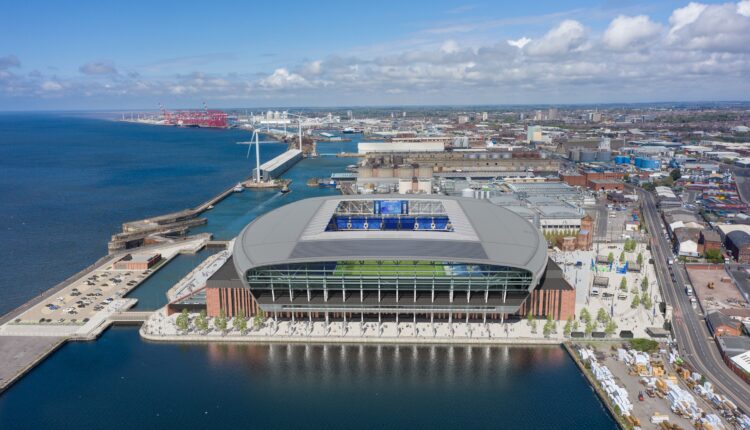As Liverpool Mayor Joe Anderson launches a heritage-focused regeneration blueprint, Historic England is looking to block Everton’s £500m docklands stadium plan. Tony McDonough reports

Liverpool Mayor Joe Anderson has made a new bid to convince the heritage lobby to back the city’s regeneration plans – as Everton’s £500m stadium project comes under threat from Historic England.
On Wednesday the Mayor launched his North Shore Vision and claimed it was the UK’s first heritage led development plan. He presented to an online audience which included representatives of UNESCO, the body that has threatened to strip Liverpool of its World Heritage Status (WHS).
Addressing a live webinar, which was attended by Dr Isabelle Anatole-Gabriel, chief of the Europe and North America Unit at the World Heritage Centre, Mayor Anderson said the North Shore Vision would make Liverpool “an international beacon for heritage led development”.
However, even with the charm offensive from Mr Anderson, heritage body Historic England, dubbed “Hysteric England” by one business leader, is pushing to have Everton’s plan to build a 52,000-seat arena at Bramley Moore Dock in the city’s northern docklands ‘called in’ by the Secretary of State.
Despite Everton making changes to the stadium design after months of negotiations, the heritage body is still not happy and is recommending the Secretary of State refuse the plan, unless its demands are met.
It’s main issue is the plan to infill the Grade II-listed Bramley Moore Dock, within property giant Peel’s Liverpool Waters scheme, which was still used as a working dock until last year. It said: “The loss of the water would result in substantial harm to the significance of Bramley-Moore Dock and cause harm to the World Heritage Site.”
Downtown in Business chief executive Frank McKenna told LBN that the city should hand back its WHS as it was a block to growth and development. And he said Historic England’s bid to derail the project was “beyond scandalous”. He tweeted: “How Hysteric England have any credibility left with anyone in Liverpool after this is baffling.”
There are fears if he stadium project is called in the delay could scupper it altogether. Even if the Secretary of State was minded to approve the plan a decision could take a year or more. Liverpool City Council planners are expected to offer their verdict in December and Everton would ideally want to start work in early 2021.
The club wants to kick off the 2023-24 Premier League season in their new home. It’s current home Goodison Park is close to being no longer fit for purpose so it gives the docklands project a sense of urgency. Everton is also planning a number of legacy projects around its current home.
Both Mayor Anderson and Liverpool City Region Metro Mayor Steve Rotheram see the stadium scheme as an essential plank in Merseyside’s COVID-19 recovery strategy. It will serve as a catalyst for the wider development of the northern docklands.

On Wednesday, the city council pointed out that Liverpool has already infilled nine of its original 17 docks. If it hadn’t it would never have been possible to build the Royal Liver Building, Cunard Building and the Port of Liverpool Building, the jewels in the crown of the World Heritage site.
Its North Shore Vision is the first development document in the UK to adopt guidelines set out by the United Nations on sustainable development and UNESCO’s own model for developing historic urban landscapes.
The vision will be used to guide the future growth of 260 acres of largely derelict brownfield land in one of the poorest areas of the UK. This area encompasses Peel L&P’s Liverpool Waters and the Ten Streets District, and lies almost exclusively with the city’s World Heritage Site and its Buffer Zone.
It has been put together by a consortium of planning professionals, designers and heritage experts including the city’s World Heritage Team and World Heritage Task Force and Steering Group – as well as representatives from Historic England, DCMS, RIBA and University of Liverpool.
Mayor Anderson said: “Liverpool has wrestled – often quite publicly – with the idea of balancing the economic need to develop, with the need to respect the heritage of these unique but dilapidated docklands.
“We’ve been listening to the concerns of UNESCO – and we’ve been talking to Peel L&P to see how those concerns can be addressed without compromising the ambition we all share to develop this area.
“The result is the North Shore Vision and it is going to play a fundamental role in the multi-billion pound renaissance of this area over the coming decades, creating thousands of much needed jobs. I firmly believe the way this has been developed will make Liverpool an international beacon of heritage-led regeneration.”

